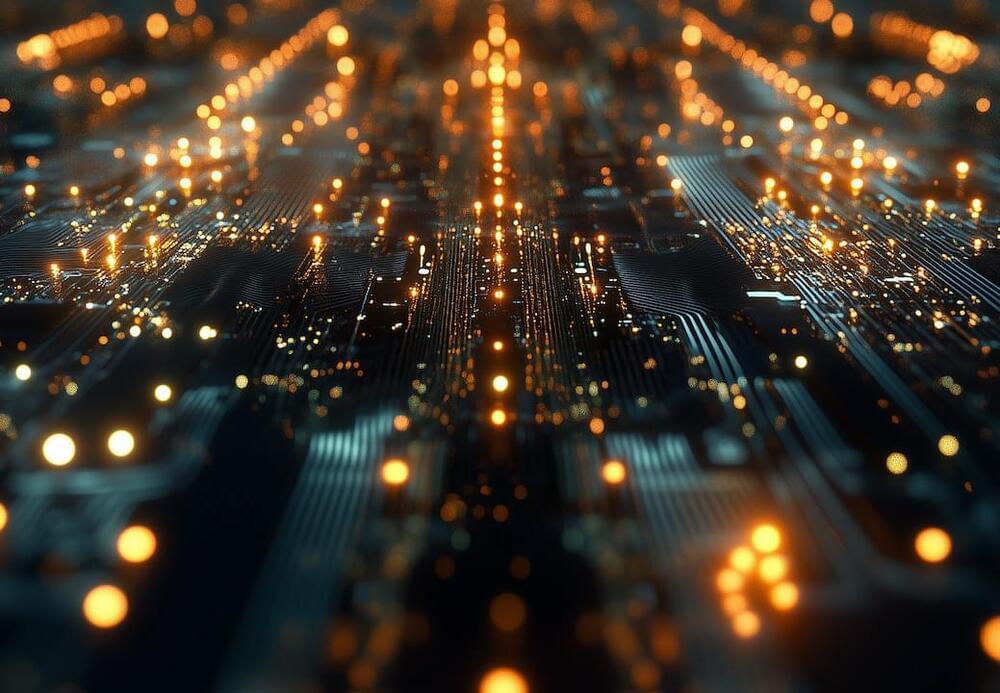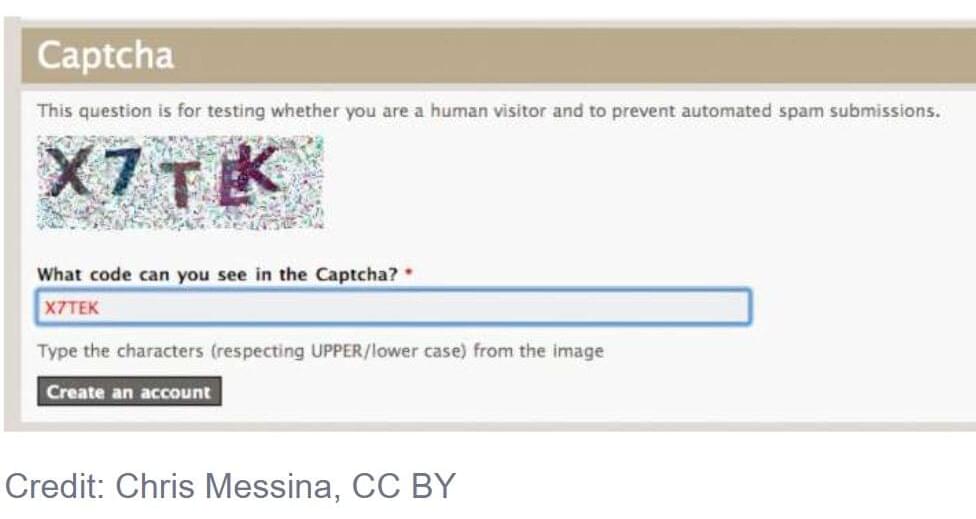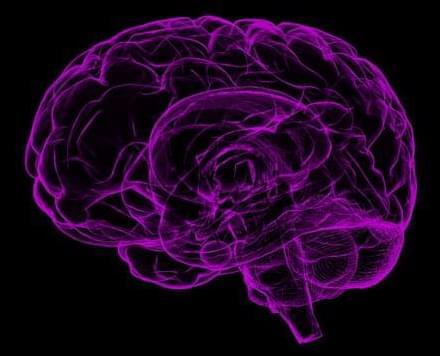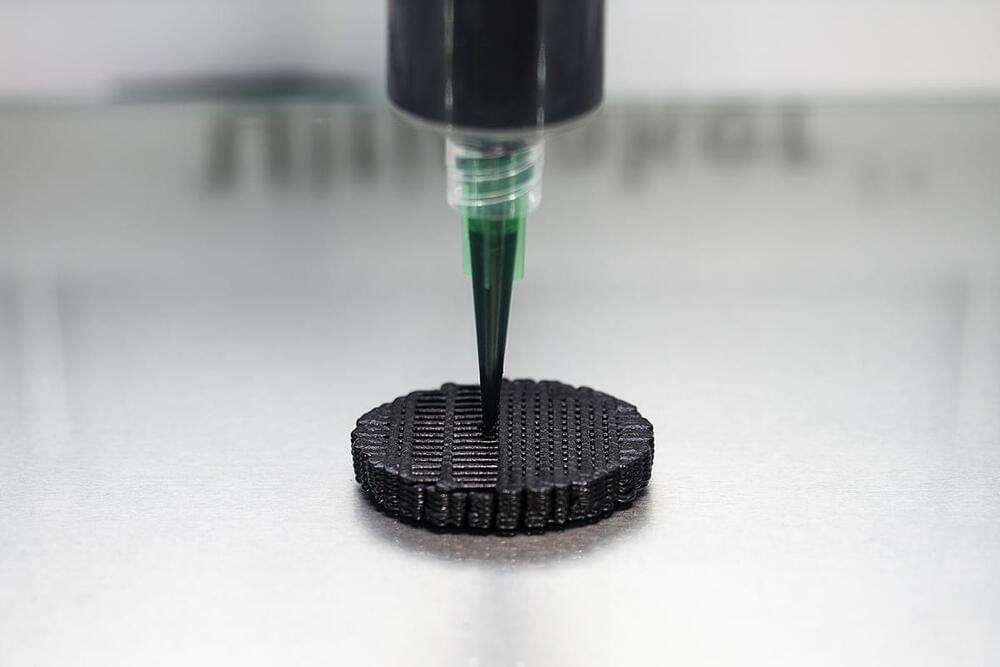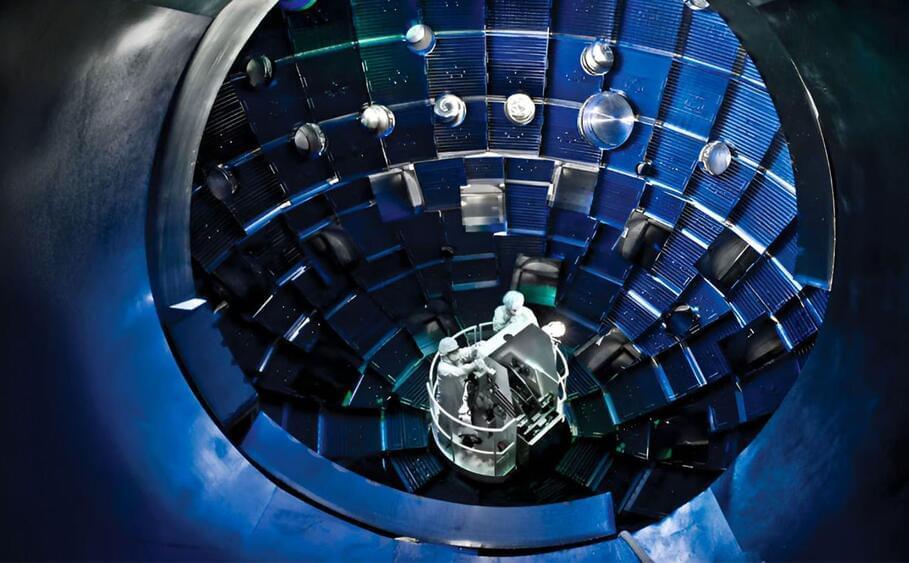A paper from Thales, dstl, and others advocates for quantum systems engineering to combines innovation with interdisciplinary collaboration.
Link :
Energy is one of the most important elements to any functioning society, and since our modern era of living uses so much power, the industry is always looking to evolve towards newer and more efficient solutions. Furthermore, given the environmental damage that often comes with many of our modern energy generation practices, people have been thinking outside the box to come up with ideas that are harmonious with mother nature.
Solar panel technology has been around for decades, but there are a few main issues with it. First off, you often need sunlight for it to produce enough on demand and stored energy for daily life. There are many areas in the world where that can be an issue in certain seasons. Secondly, during the night energy can’t be gathered so you’re always dealing with a limited time period where you can generate power for the moment or future use. This prompted inventors to imagine a new “anti-solar panel” that is designed to work both during the day and at night.
The challenge for researchers is to develop the often complicated series of equations that are needed to describe these phenomena and ensure that they can be solved to recover information on the location of the objects over time. Often the systems of equations needed to describe such phenomena are based on partial differential equations: the series of equations that describe the location and time-evolution of a system are known as a distributed parameter system.
Mathematical models can help us not just understand historical behaviour but predict where the smoke particles will spread next.
Professor Francisco Jurado at the Tecnológico Nacional de México has been working on approaches to solve the problem of distributed parameter systems to describe diffusion–convection systems. He has recently developed an approach using a combination of approaches, including the Sturm-Liouville differential operator and the regulator problem, to develop a model for diffusion–convection behaviour that is sufficiently stable and free of external disturbances. Importantly, this approach allows us to yield meaningful information for real systems.
You’re running late at the airport and need to urgently access your account, only to be greeted by one of those frustrating tests—” Select all images with traffic lights” or “Type the letters you see in this box.” You squint, you guess, but somehow you’re wrong. You complete another test but still the site isn’t satisfied.
“Your flight is boarding now,” the tannoy announces as the website gives you yet another puzzle. You swear at the screen, close your laptop and rush towards the gate.
Now, here’s a thought to cheer you up: Bots are now solving these puzzles in milliseconds using artificial intelligence (AI). How ironic. The tools designed to prove we’re human are now obstructing us more than the machines they’re supposed to be keeping at bay.
Funding was awarded to Dr Rosch to research neuropsychiatric disorders and Dr Pouliopoulos to investigate the blood-brain-barrier.
This dynamic regulation capability of the device conductance creates favorable conditions for emulating synaptic plasticity. As shown in Fig. 2h, the consistent trend of device conductance evolution over 20 cycles indicates the good applicability of the ion migration working mode in emulating synaptic behavior. Furthermore, with the more elaborate design of excitation pulses for ion migration working mode, the device exhibits exceptional stability for over 120 cycles of LTP-LTD conductance changes (Supplementary Fig. 6b). Unlike stable macroscopic polarization, when the external electric field is smaller than the built-in electric field resulting from the ion migration, migrated Cu+ ions tend to spontaneously return to the origin lattice, leading the conductance to relax to its initial state22. As shown in Fig. 2i, a series of pulses was initially applied to induce Cu+ ion migration for varying low-resistance states of the device. Subsequently, a series of pulses with a period of 1.5 s, where 0 V is applied for 1.4 s and −0.6 V is applied for 0.1 s, were used to detect the evolution trend of the device conductance. As anticipated, the influence of migrated ions on the barrier noticeably decayed when no bias voltage was applied and eventually disappeared after 45 seconds. Notably, the effect of interface defects on the volatile state can be considered negligible (Supplementary Fig. 11).
Thus far, selective control of the device’s working mode has been achieved through precise pulse engineering. Short, high-amplitude pulses predominantly influence ferroelectric polarization, while longer, lower-amplitude pulses primarily drive ion migration. Beyond differences in on/off ratio and retention capabilities, the opposite shifts in the transfer curves provide further experimental evidence distinguishing them (Supplementary Fig. 12). In addition, the tunability of dual memristive mechanisms has also been verified in devices with varying CIPS thicknesses, as shown in Supplementary Fig. 13. The above results indicate that our device can work adaptably under the ferroelectric polarization and ion migration mode, respectively. And those memristive mechanisms with different retention characteristics all exhibit good applicability in emulating LTP-LTD characteristics. Overall, our device shows enormous promising potential in integrating neural reuse with memristor-based neural networks.
A refreshable memristor should possess two key properties: refresh and restoration. To confirm the refresh capability of the device, Fig. 3a illustrates the emulation of synaptic potentiation and depression behaviors achieved by cyclically configuring the device to ion migration mode, after every two induced ferroelectric polarizations. Across at least 4 cycles of the redeployment, the device exhibits consistent conductance changes in its respective working modes and well-defined independence between different working modes. This suggests that the motion extent of ferroionic can be precisely regulated solely by adjusting the amplitude and period of the excitation pulse, enabling the realization of both volatile and non-volatile working modes within a single device. Crucially, the experimental results demonstrate that redeployment does not compromise the performance in any given working mode of the device.
Blade runner — original soundtrack score.
Vangelis.
Swiss researchers claim to have devised a functional living battery powered by the combined efforts of two types of fungi – all in a biodegradable, non-toxic 3D-printed package. I’ll give you a second to wrap your head around that outrageous statement before diving into the details.
That’s from a team at Swiss Federal Laboratories for Materials Science and Technology (EMPA), a Dübendorf-based research institute whose innovations have found their way into Omega watches, quick-drying sports bras, and top British soccer team Arsenal’s artificial turf.
US scientists have doubled the previous record for X-ray intensity.
US scientists create the world’s brightest X-ray source using metal foam and the NIF laser, with potential applications in fusion energy.
We’re on a journey to advance and democratize artificial intelligence through open source and open science.
